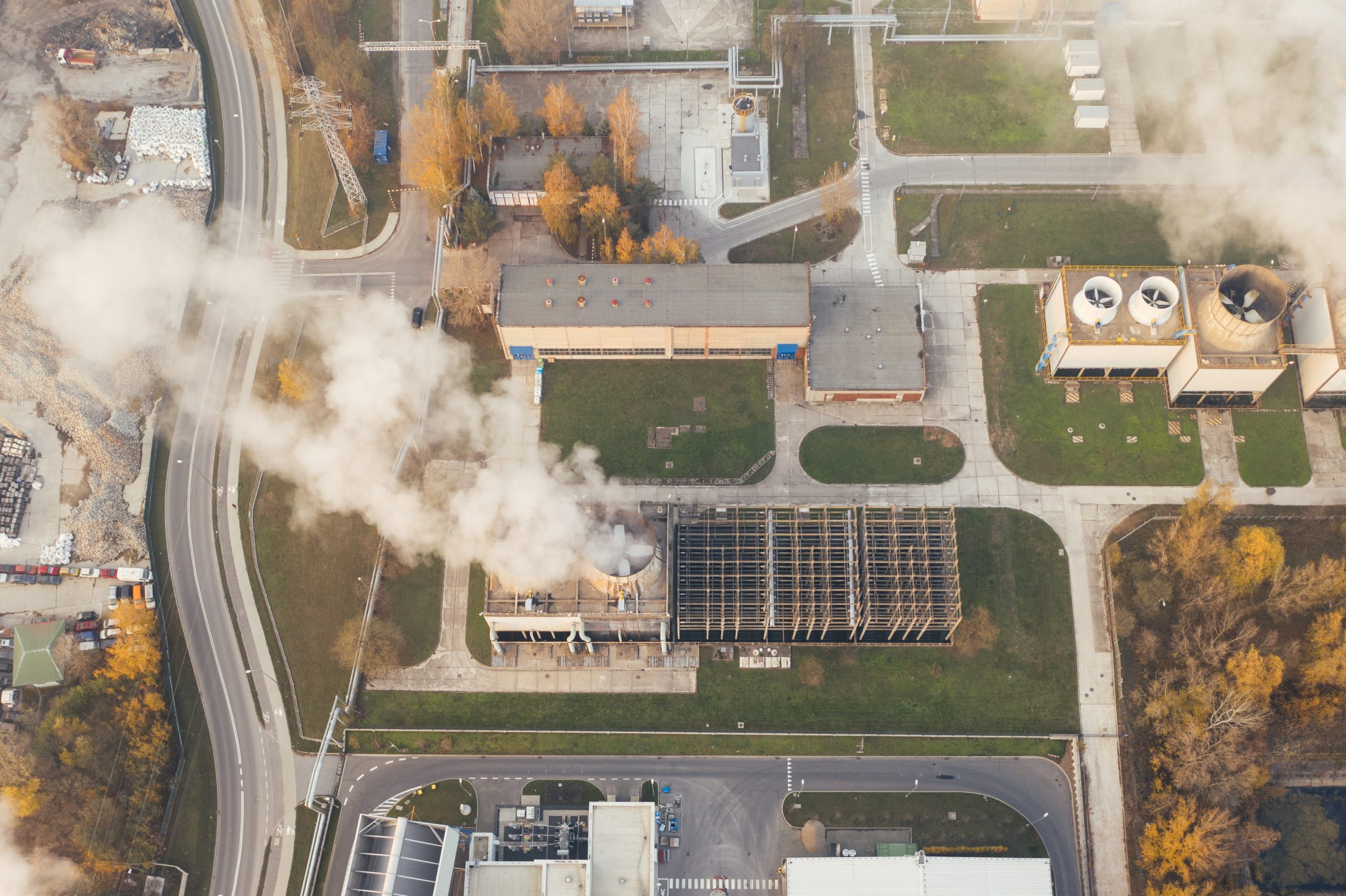A new building design is released that allows it to be easily taken apart and the materials reused.
Research shows that the Legacy Living Lab, a Curtin University building in Fremantle, has cut down its emissions and reduced in waster during construction by approximately a tenth of traditional building processes.
The building is constructed to ensure that all six environmental indicators were assessed in a modular, circular economy. The construction of this building is part of Curtin Universities vision to reduce the carbon emissions of buildings.

Inspiration has been taken from the natural biogeochemical cycles that generate little to no waste, transforming used materials into new resources for reuse.
An example of this cycle is how one single leaf can be the instigator of more leaves in the future.
The opposite of this process, which can be referred to as “take, make, dispose” is not only extremely complex, but it’s not beneficial. However, this is the widely used model of our industrialised society.
This process is heavily indoctrinated into our society, from single-use coffee pods that are immediately transferred to landfill to almost all our commercial and residential buildings.
Approximately 50 per cent of mineral resources are consumed by the building industry, and they produce around 35 per cent of our waste. This is one of the major causes of greenhouse gas emissions.
This begs the question: what can be done to solve this issue?
Did you know, that less than 10 per cent of our plastic is actually being recycled? Recycling has become a huge phenomenon since the late 90s when recycling bins started emerging everywhere.
However, a cycle of wishcycling has emerged, where people don’t want to create waste, so they put their rubbish in the recycling without checking if it is actually recyclable.
There is also the issue that a lot of environmentally benign materials aren’t often easily recycled. This creates a downward spiral, where products are consistently downgraded in both value and quality only to one day still end up in landfill.

So the best solution for our issues is to find ways to reuse products. There are a plethora of reusable products for once one-use items such as food wraps, coffee pods, bottles, razors, and much more.
But can this method be implemented into buildings and construction? Compared to construction, coffee pods and bars of soap are simple, so the comparison is extremely complex.
Curtin University Sustainability Policy Institute researchers have been studying this question mand testing it by building laboratories that are modular and reusable.
These laboratories are spaces where anyone, including builders, researchers or citizens, can prototype and study emerging products.
The Legacy Living Lab is one of the outcomes of this project; it is a space that can be completely deconstructed, moved and reassembled anywhere within a few weeks. This construction is state-of-the-art and can be used for offices or spaces for collaboration.
Studies of this building have found that saved 18 tonnes of construction materials and has lead to a decrease in greenhouse gas emissions of 88 per cent.
The building was constructed of reused steel frames rather than concrete, designed in a way that can be disassembled almost as easy as Lego.
When being deconstructed, the building will separate into eight modules that can be moved to another space without being completely demolished and sent to landfill.
These box-shaped structures provide minimal disruption to neighbours compared to the traditional construction sites as the modular buildings are constructed off-site and moved on-site within hours.
It has even been designed to be as small as a tiny house or as a big as skyscrapers or factories and is significantly more cost-effective than your conventional double-brick buildings.
Why opt for traditional construction when there is the option to have a minimal environmental footprint as well as time and cost-effective building?



































